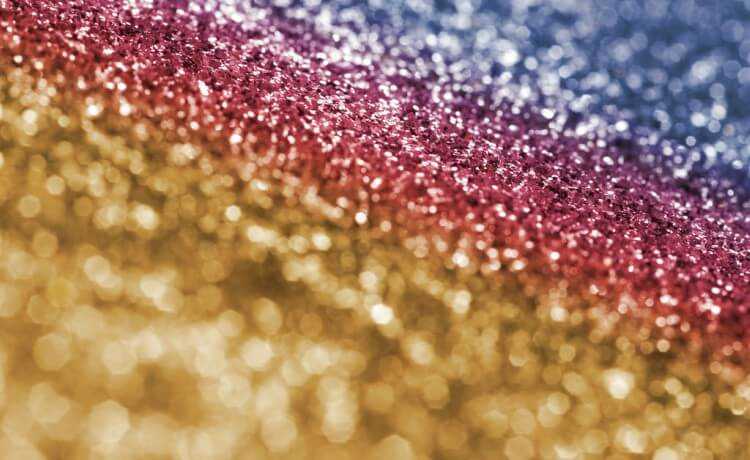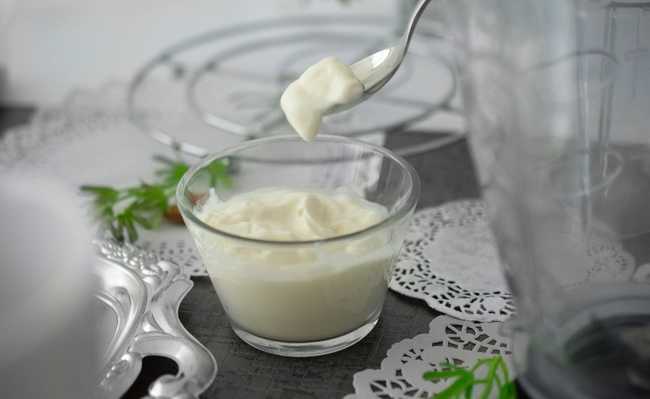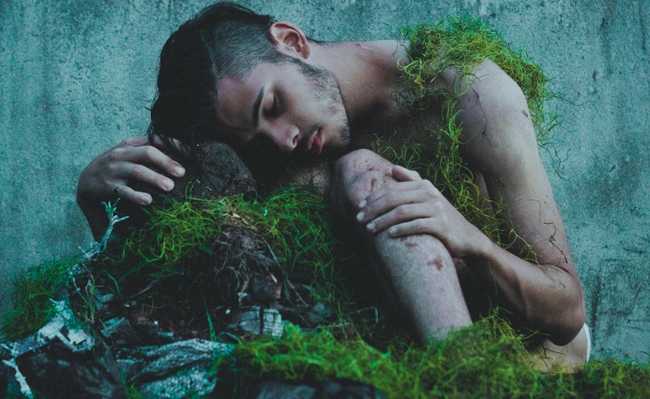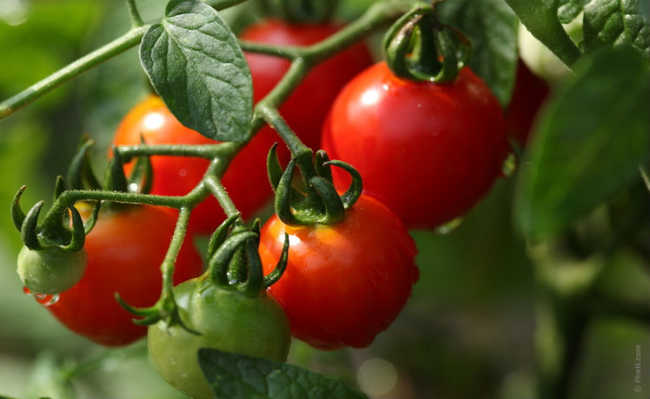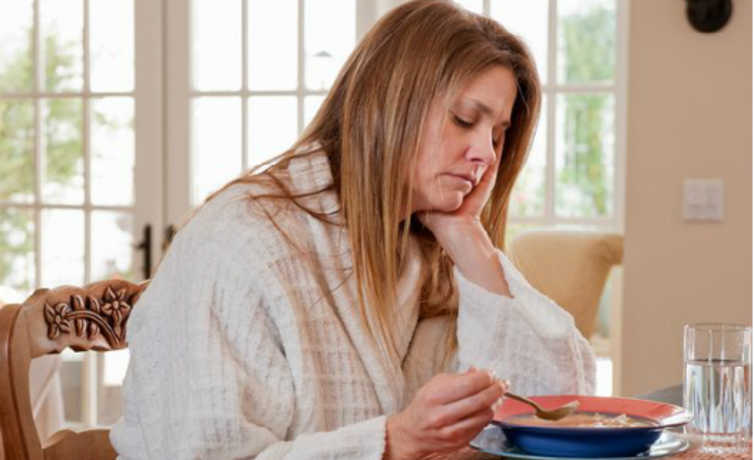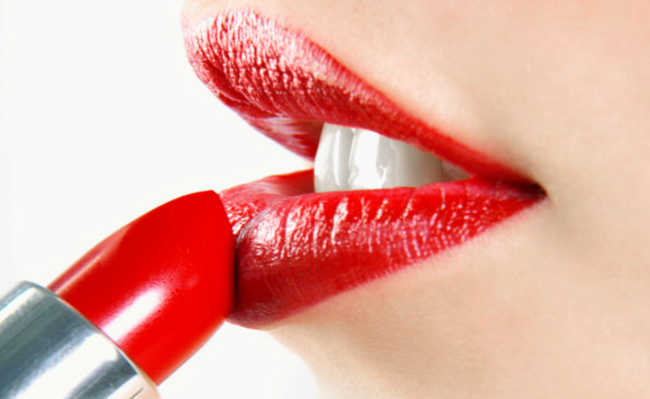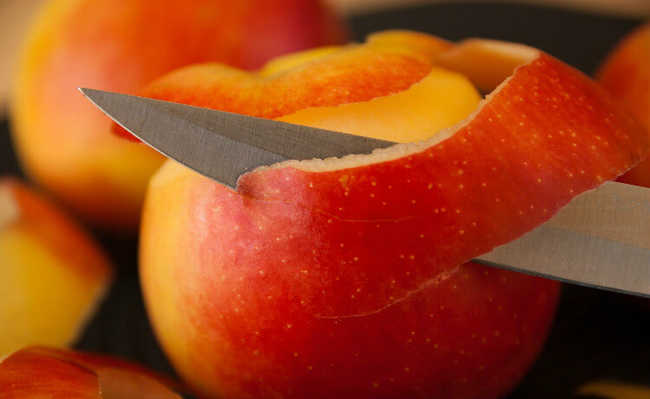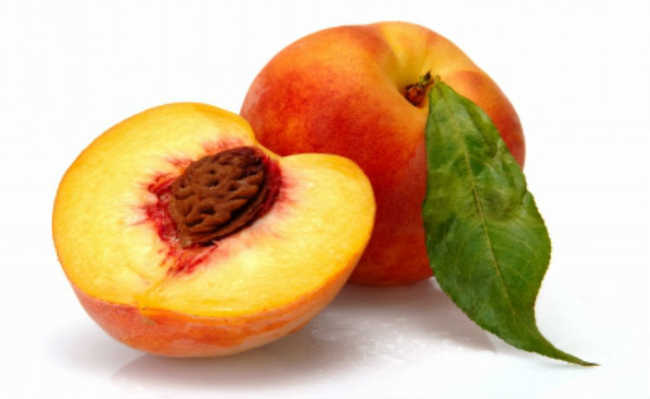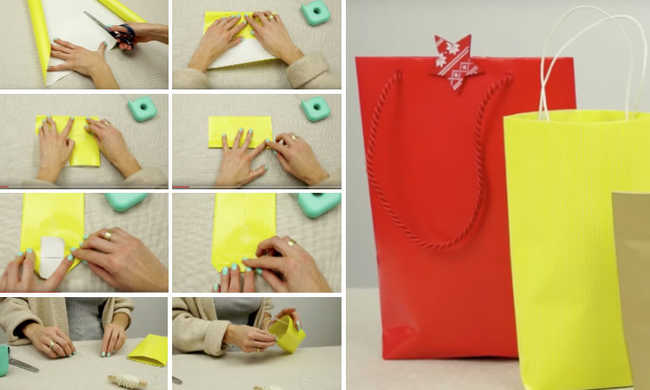PVC: environmental uses and impacts
Understand more about the life cycle of PVC, a widely used material

PVC is under the floor or inside walls, in cars, tiles, furniture. It is impossible to think about building a house and manufacturing many other products without it and, for most people, it is also unimaginable not only the environmental impact of PVC, but its impact on human health. But that possibility exists.
Manufacturing process
Polyvinyl chloride, popularly known as PVC, is a plastic that is not entirely petroleum. It contains about 57% chlorine, which is mixed with ethylene to form PVC.
If, on the one hand, it is this junction that makes the substance widely used by the industry, as it fulfills the requirements of durability, resistance and aesthetics, in addition to having many applications; on the other, potentially harmful by-products are formed in the chemical reactions to create PVC.
According to an article by the Master in Sustainable Architecture from the Faculty of Architecture and Urbanism of the University of São Paulo (FAU-USP), Daniela Corcuera, the harmful substances generated during the PVC manufacturing process (in the production of chlorine gas by electrolysis and in the combination of chlorine and ethylene to produce dichlorinated ethylene) are mainly dioxins, furans and PCBs, known as organochlorines.
The formation of hazardous organochlorine by-products begins with the production of chlorine gas. Extremely large amounts, in the order of one million tons/year, of hazardous chlorinated waste are generated in the synthesis of ethylene dichloride (ethylene dichloride-EDC) and in monovinyl chloride (vinyl chloride monomer-VCM), both precursors to PVC.
To complete the manufacturing process, it is necessary to add plasticizers, as, in its pure form, PVC is rigid and brittle. To make the vinyl products flexible, plasticizers need to be added in large amounts to the PVC. These compounds used are usually phthalates, which pose considerable risks to health and the environment. More than five million tons of phthalates are used in PVC each year.
PVC Applications
There are numerous applications for PVC, including: tubes and connections, laminated and flattened, packaging (flexible films and bottles), wires and cables, profiles for civil construction, shoes, hoses and other specific applications.
Industry
PVC producers emphasize the environmental benefits that the material can have precisely because it does not depend much on oil. The Instituto do PVC website points out that the product consumes only 0.3% of the oil extracted in the world, a low index for one of the three types of plastic most used across the planet.
However, PVC is electro-intensive (a lot of electricity is needed for the product to be finished), which makes it less sustainable in terms of energy, as its manufacture requires large amounts of resources and investments in the energy matrix to enable its production .
Problems for health and the environment
The problems generated by PVC are due to its manufacturing process and its disposal. The substances generated during the PVC manufacturing process (dioxins, furans and PCBs) are all persistent in the environment (resist natural degradation), bioaccumulative (penetrate the tissues of living beings) and toxic, which can cause cancer, system dysfunction endocrine, brain damage, among other complications. Thus, it is essential to have safety standards in the production process and care to deal with hazardous waste.
- Plasticizers that make up PVC films can be transmitted to food
After use, what is the fate of PVC?
Landfill
Plastics are one of the most used materials in our daily lives. Plastic waste, including PVC, has increased significantly and today represents 20% of the total volume of waste in landfills.
Another important point is the long period of decomposition of these materials. According to the website of the Brazilian Institute for the Environment and Renewable Natural Resources (IBAMA), plastics can take 200 to 600 years to completely decompose in nature.
Incinerators
Incineration is a process of burning material until only ashes are left, but it is a mistake to believe that things just disappear. In fact, there is a transformation in matter. This can be exemplified by the incineration of chlorinated substances, such as PVC plastic, which leads to the formation of new chlorinated compounds, such as highly toxic dioxins. In other words, incinerators do not solve the PVC disposal problems. In fact, they just convert these toxic materials into other forms, which may be more toxic than the original materials. These newly formed compounds can then reenter the environment
reuse
Material reuse is the second goal of the 3Rs thinking (reduce, reuse and recycle). There are several ways we can reuse old PVC plastics. For example, a piece of plumbing that you removed from your house during the last renovation might be useful to someone else. Don't let it end up in a landfill. By closing off damaged pieces, it is possible to use much of the material and use it again. You can use them to make a planter, vases, shelves and wall tiles.
Recycling
In Brazil, the PVC recycling rate has grown over time. The reuse of material, when well separated, can be done in a simple and less costly way. The first step is washing and drying, after this process the material is milled. Depending on the final application, plasticizers, stabilizers and others can be added. The final process is passing through an extruder or injection molding machine. Recycling is a great way to reduce the use of natural resources, as a ton of plastic saves 130 kg of oil for the manufacture of new plastic products. As a result, it is important to dispose of these plastic materials correctly, find out how here.
Alternatives
There are already, on the market, products that are free of PVC or that use another plasticizer that is less harmful to the environment. These new items include construction material, medical supplies and office supplies. So, when buying this type of product, stay tuned.
- What to do with PVC pipes?
Consume Consciousness
It is important to keep in mind the life cycle of PVC, both in its manufacture and in its final destination. When the life cycle is considered as a whole, it becomes clear that this apparently innocuous plastic is one of the most dangerous consumer products produced, from an environmental aspect, as it generates huge amounts of toxic and persistent organochlorines, in addition to other compounds harmful such as dioxins and phthalates, which today are universally present both in the environments and in the organisms of human populations. If you have already purchased it, look for the best possible destination. Find collection posts on the free search engine of eCycle portal . If you need items made traditionally with PVC, look for the alternatives mentioned.

